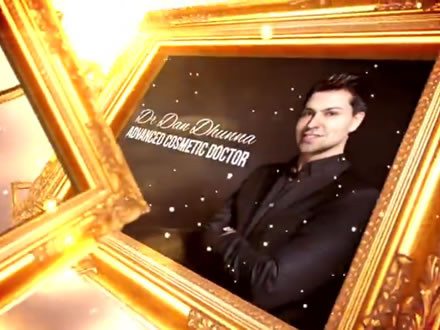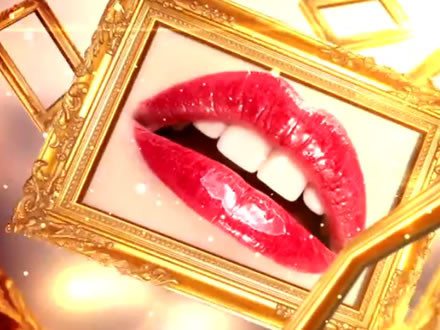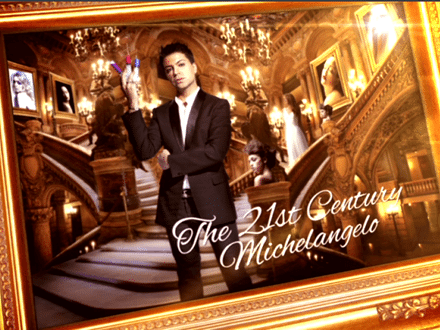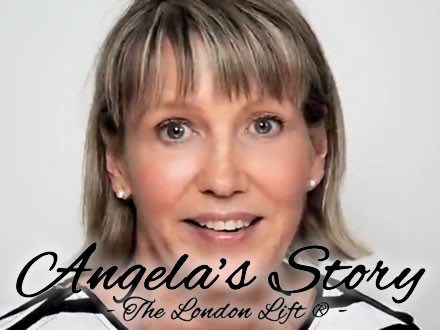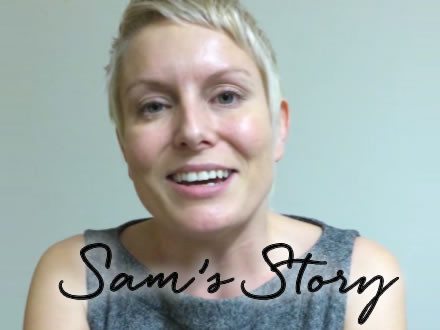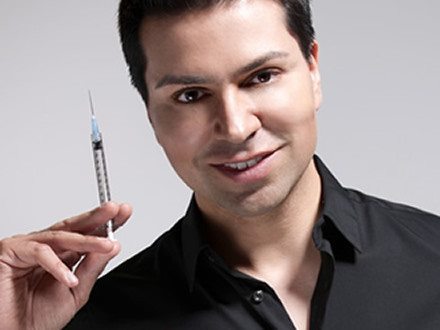Dr Dan Dhunna, the 21st Century Michelangelo, explains the uses of Botulinum Toxin (BOTOX) in cosmetic aesthetic treatments.
Read about Botox from London’s best Botox doctor
Botox is a brand name for prescription only wrinkle relaxing injection. This has been used in medicine for the last 25 years. It has had 5 million treatments administered annually worldwide as well as being used for cosmetic procedure. It has over 20 known medical uses including treating spasms and stiffness of the face and body, migraines, bladder dysfunction, and excess armpit sweating. When injected, Botox attaches itself to the nerve preventing it from delivering the signal to the muscles concerned.
As a result, the muscle relaxes and any abnormal function improves. Commonly used in cosmetic medicine, it can treat dynamic expression lines caused by frowning, smiling, and raising the eyebrows, leading to a softer, more relaxed look. Advanced doctors can use it more innotively, for example, treating facial asymmetries, treat gummy smile, and reshape the jaw and chin.
The results are only temporary as effects of Botox last on average 3-4 months, when re-treatment will be necessary to maintain the results. Botox is a licensed prescription only medicine which should only be injected after face-to-face consultation with a prescriber such as a medical doctor. It was first approved by the FDA in 1989 and received its cosmetic license by them in 2002. It has a high safety profile with over 3,000 research papers written about it.
Like all medical treatments when done well for the right person in the right clinical environment, the risk of any side effects or complications are low. After a thorough consultation, consent forms are signed and the face is examined and assessed. The actual procedure can take as little as 5-10 minutes. Botox injections when done well should be relatively painless. The needles used are very fine, and most people find the procedure to be the equivalent to tweezing their eyebrows.
There is usually no need to use any topical antiseptic cream. However, this may be useful for any needle phobic patients. As with any injectable procedure, there is a small chance of a little redness or swelling to the local area. On a rare occasion, bruising can occur, but this can all be minimised by visiting a qualified, experienced doctor.
The avoidance of alcohol and asprin-like medications can also help to reduce the risk of bruising. For most people, Botox lasts about 3-4 months. After that, the muscles start moving again and a follow up treatment will be required. It is not unusual however, that with repeat treatments patients may find that results last longer, as the skin is under less stress by virtue of relaxing the muscles.



